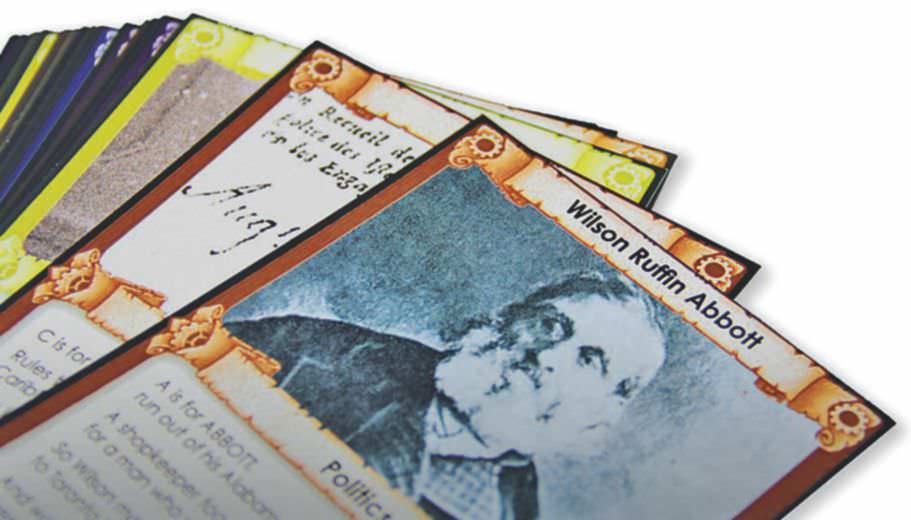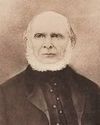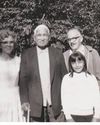Filling in significant gaps in our national narrative should begin in the classroom

Who came to mind when you first heard the term Black History Month? Like many of you, I thought of Martin Luther King Jr., the American civil rights icon; Rosa Parks, who refused to give up her seat to a white man in the white-only section of the bus she rode home from work; and Jackie Robinson, who broke the colour barrier in Major League Baseball. Being a black man of American origins, that seemed perfectly natural to me—except for the fact I had been living in Canada for at least 30 years the first time I was faced with that question.
Now in my 53rd year here in Canada, I think of Viola Desmond, who nine years before Ms. Parks refused to give up her seat, refused to sit in the “coloured only” section of her local movie theatre in Halifax. In fact, I think of many others now, such as Lincoln Alexander from Hamilton, the first black person elected to Parliament; Rose Fortune of Annapolis Royal, N.S., a black woman who in the 1790s became Canada’s first policewoman; and Melville Duporte, a black man who is considered by the Canadian government to be “a Person of Historical Significance,” due to the fact that he trained more than 50 per cent of Canada’s entomologists during his 70-year teaching career at McGill University.
This story is from the December/January 2018 edition of Our Canada.
Start your 7-day Magzter GOLD free trial to access thousands of curated premium stories, and 8,500+ magazines and newspapers.
Already a subscriber ? Sign In
This story is from the December/January 2018 edition of Our Canada.
Start your 7-day Magzter GOLD free trial to access thousands of curated premium stories, and 8,500+ magazines and newspapers.
Already a subscriber? Sign In

Day & Night
Clive Branson of Ottawa explains the fascinating psychological effect of seeing the same scene in daylight and then at night

BACK-ROAD ADVENTURES
Capturing the history and beauty of Quebec’s Eastern Townships in winter

A Very Merry Christmas
Waiting for the turkey to roast has never been so much fun!

BEAUTIFUL BERMUDA
This lovely island nation boasts friendly locals and incredible views

Room with a View
This window on the natural world brings a sense of peace and joy

Sled dog Salvation
Tracing the incredible journey of a musher from Edmonton who fled her abusive spouse with her dog team and made it all the way into Ripley’s Believe It or Not

Christmas on Display!
Unpacking and showcasing the family collection of Santas, snowfolk and village scenes is an annual labour of love

SOLITARY PURSUITS
Enjoying brisk winter days in the great outdoors

WILLIAM POPE: An Artist for the Ages
A tribute to Norfolk County’s Naturalist

The Intrepid OJIBWAY
The story of a man, and a community, who fostered a sense of pride and dignity for those to come